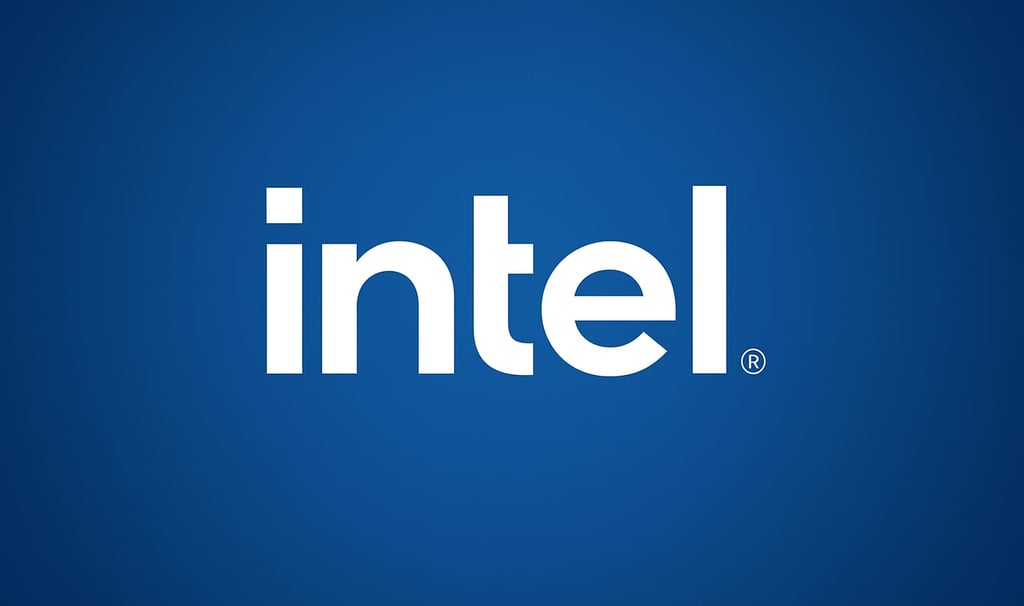Intel Shares Jump 9% as Cost Cuts and Strategic Investments Drive Strong Q3 2025 Performance
Intel stock surges 9% after beating Q3 2025 profit forecasts, driven by cost cuts, new AI investments, and strong U.S. government funding.
Raja Awais Ali
10/24/20252 min read


Intel Shares Surge 9% as Cost Cuts and New Investments Boost Turnaround
Intel Corporation, one of the world’s leading chipmakers, surprised Wall Street once again with a strong third-quarter (Q3 2025) performance. The company’s shares soared nearly 9% on Friday after reporting quarterly results that beat market expectations — signaling a successful turnaround driven by major cost reductions and fresh external investments.
The past year had been challenging for Intel. In 2024, the company posted its first annual loss in almost four decades, raising concerns about its competitiveness against rivals like NVIDIA and AMD. But under the leadership of CEO Lip-Bu Tan, Intel has cut non-essential expenses, sold underperforming assets, and launched a new investment strategy that is finally paying off.
Intel secured several major funding commitments this quarter. SoftBank Group invested around $2 billion, NVIDIA Corporation committed $5 billion, and the U.S. government provided roughly $8.9 billion in funding support — a move aimed at strengthening domestic semiconductor manufacturing. These injections have given Intel a stronger financial base to expand its footprint in artificial intelligence (AI) and data-center chip development, both key growth markets for the next decade.
Intel’s latest financial report shows a remarkable recovery: the company posted $13.7 billion in revenue, up 3% year-over-year, and reported adjusted earnings per share (EPS) of $0.23, surpassing analyst forecasts. Its gross profit margin also improved sharply — from about 15% last year to nearly 40% this quarter — signaling better operational efficiency and renewed investor confidence.
However, Intel’s challenges are not entirely over. Management warned that mass-production yields for its next-generation 18A chips may not reach optimal levels before 2027, indicating ongoing technical hurdles. Analysts view the company’s progress as the beginning of a recovery phase — not its completion — as global chip competition remains fierce.
From a political standpoint, U.S. President Donald Trump voiced strong support for his administration’s multibillion-dollar funding package for Intel, calling it a “smart deal” that would help strengthen America’s technological independence. Some industry analysts, however, cautioned that such direct government involvement in a private company could distort market competition. The Trump administration defended the move as part of its broader strategy to boost domestic semiconductor manufacturing and reduce reliance on Asian supply chains.
In summary, Intel’s latest success highlights the effectiveness of its restructuring strategy. Through aggressive cost-cutting, strategic investments, and a renewed focus on AI and data-infrastructure chips, Intel appears to be reclaiming its position among the top players in the global semiconductor market. While technical challenges persist, the company’s turnaround story is gaining momentum — and investors are clearly taking notice.